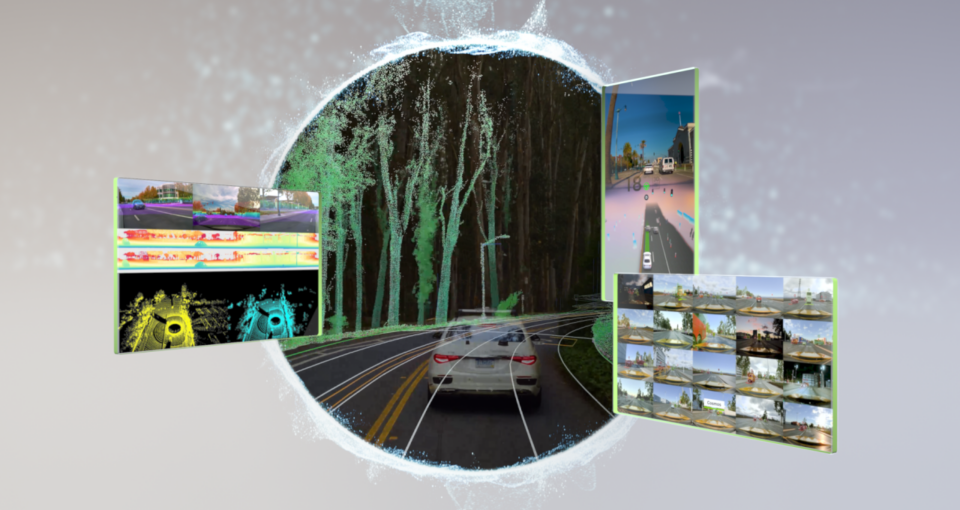
Physical AI is moving from research labs into the real world, powering intelligent robots and autonomous vehicles (AVs)… Read Article

Physical AI is moving from research labs into the real world, powering intelligent robots and autonomous vehicles (AVs)… Read Article
Researchers worldwide rely on open-source technologies as the foundation of their work. To equip the community with the latest advancements in digital and physical AI, NVIDIA is further expanding its… Read Article
Monday, Oct. 27, 12:30 p.m. ET How Medium-Sized Cities Are Tackling AI Readiness 🔗 A panel discussion today at GTC Washington, D.C., highlighted a public-private initiative to invigorate the economy… Read Article
When the Society of Automotive Engineers established its framework for vehicle autonomy in 2014, it created the industry-standard roadmap for self-driving technology. The levels of automation progress from level 1… Read Article
At this week’s IAA Mobility conference in Munich, NVIDIA Vice President of Automotive Ali Kani outlined how cloud-to-car AI platforms are bringing new levels of safety, intelligence and trust to… Read Article
As autonomous vehicle systems rapidly grow in complexity, equipped with reasoning vision language action models, generative AI and advanced sensor technologies, developers need tools that are powerful, efficient and built… Read Article
Simulated driving environments enable engineers to safely and efficiently train, test and validate autonomous vehicles (AVs) across countless real-world and edge-case scenarios without the risks and costs of physical testing…. Read Article
In the face of growing labor shortages and need for sustainability, European manufacturers are racing to reinvent their processes to become software-defined and AI-driven. To achieve this, robot developers and… Read Article
NVIDIA was today named an Autonomous Grand Challenge winner at the Computer Vision and Pattern Recognition (CVPR) conference, held this week in Nashville, Tennessee. The announcement was made at the… Read Article